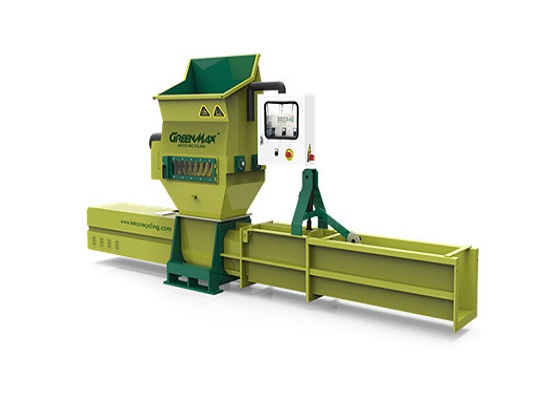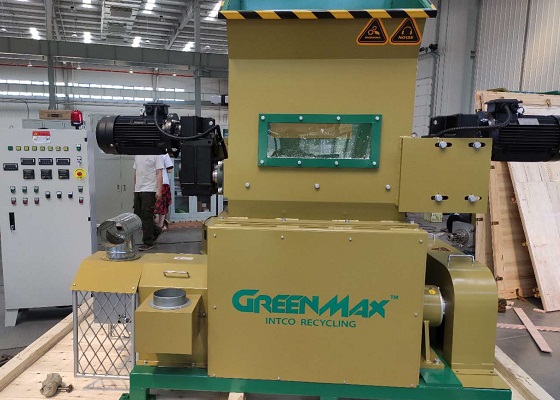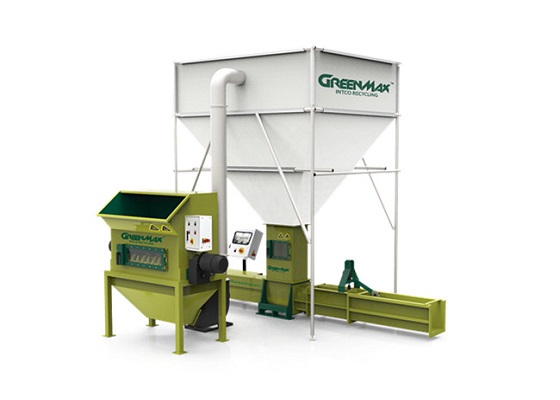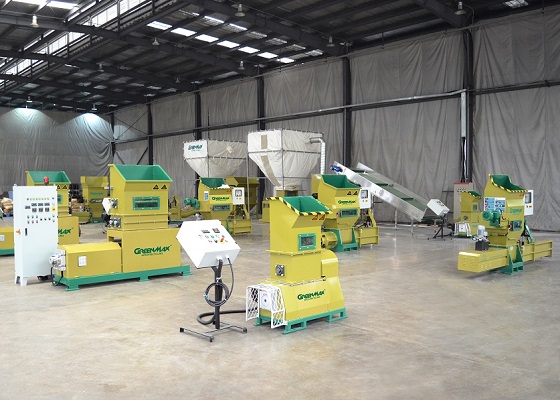If you work in an industry related to EPS foam waste, you may often hear these two professional terms:Styrofoam densifier and Styrofoam compactor. You may know that these machines can condense EPS shredded packaging boxes with the best volume reduction rate. What is the difference between a densifier and a compactor? You might think that they are two completely different things. But in fact, this is just semantics! These terms Can be interchanged.
Many manufacturers of EPS melting systems refer to their equipment as EPS densifiers or thermal densifiers. Manufacturers of EPS cold pressing systems with screw drills refer to them as EPS compactors. Companies that sell hydraulic drive systems often call them densifiers or compactors. Three types of systems including screws, hydraulic and thermal systems reduce lightweight foam materials into dense supplies. All three types of machinery are capable of compacting and compressing various materials. Let’s take an in-depth understanding of screw, hydraulic and thermal densifiers.

Screw Drive Densifier
The screw drive densifier uses an auger to push the foam through the chamber at a specific speed, then pressure to densify the foam into a solid log or block. The material is compacted by pressure rather than heating. They perform best when the raw materials are confined to a foam of one density at a time. To be safe, you’d better try the device first before buying it.

Thermal Densifier
The thermal densifier melts the foam into a candy-like shape by heating. The foam is extruded as a rope and transferred to a container. Extra labor is required to mold the foam into a shape that can be stacked. Thermal densifiers can work well at mixed density and produce “ingots” which even can be stored outdoors in rain and wind. While these machines do a good job of compacting foam, they release a foul smell while running and require more electricity to operate.

Hydraulic Densifier
The hydraulic densifier uses hydraulic pressure to compact the foam. Its principle is to eliminate the memory of foam. Under continuous operation, the foam is extruded into dense logs. The hydraulic compactor does not use heat to compact the foam, nor does it produce smoke or odor. But it can effectively handle foams of various densities at the same time without melting in the machine. Since the urban foam recycling program receives a mixed stream of foam materials, this feature makes hydraulic densifiers an ideal choice.
After knowing about these three styles, how to choose the right foam recycling machine for your business? At present, polystyrene foam recycling machines have a wide range of applications, such as foam manufacturers, fish merchants, logistics companies, etc. The larger the amount of Styrofoam waste, the higher the productivity of the Styrofoam recycling machine we should purchase so that we can deal with the accumulated waste in time and save labor and storage space.

GREENMAX provides professional polystyrene foam recycling machines, especially the MARS series of polystyrene densifiers. They can be used to deal with various foam materials. But please be careful. Don’t mix different materials for will damage the machine. In addition, PE foam is suitable for the GREENMAX ZEUS series, which is a unique design of GREENMAX equipment.
Hope these descriptions above can bring you professional information about Styrofoam recycling and polystyrene densifiers.